Smart cannabis shopping starts with understanding product labels. The cannabis product label serves as your helpful reference guide for each item. Learning to read these labels means understanding what each section tells you, how to compare different products, and where to find additional details in the COA (Certificate of Analysis). With this knowledge, you’ll feel more confident making choices that align with your preferences. You’ll be able to review a package, check the lab report, and quickly determine if it matches your taste, tolerance, and intended use.
Here’s how to read labels and use that information to find the experience you’re looking for.
Why Cannabis Labels Matter
Labels aren’t just marketing gimmicks. They protect you and make comparisons simple. New York’s Office of Cannabis Management (OCM) requires licensed products to be lab-tested and accurately documented. Packages carry batch or lot numbers and a QR code that links to third-party results. This allows you to confirm potency totals, see screening results, and view the same data printed on the box.
The label tells the story of the product, and the COA backs it up. Standardized label rules keep basics like net contents and serving details presented in a consistent way across brands. The result is a reliable checklist you can trust and an easy way to line up your options and pick the best match for your desired outcome.
Key Elements on a Cannabis Product Label
Before diving into the technical details, take a moment to scan the entire package. New York products typically feature quick facts on the front panel with detailed testing information on the side or back. Here’s your roadmap to reading cannabis labels:
Product Name & Weight
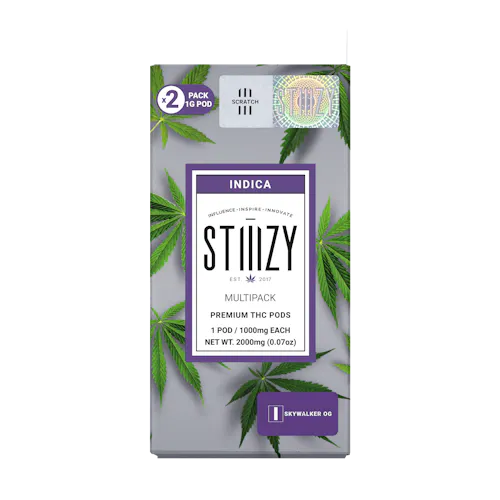
Look first for the product name and net weight. Weight tells you how much you’re getting, and the serving details tell you how to divide it up.
Cultivator/Brand Information
NY labels identify the cultivator, processor/brand, and a lot or batch number. When you find a farm or maker you love, this is the line that helps you track them down again.
Total Active Cannabinoids (TAC)
TAC is the sum of all quantified cannabinoids in the product (THC, CBD, and other cannabinoids like CBG or CBN). Shoppers can use TAC as a quick signal of overall potency.
THC% and CBD Content
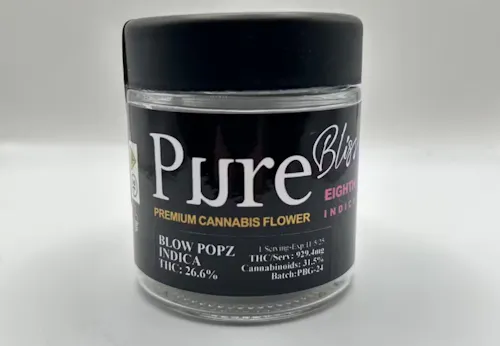
For inhalable products (flower, vapes, concentrates), you’ll see THC and CBD listed as percentages. Edibles display potency in milligrams per serving and per package—the dosing information that matters most for anything you’ll eat or drink.
Other Cannabinoids (CBG, CBN, etc.)
Labels often call out other cannabinoids that shape the experience of the product. Comparing CBG/CBN between similar items can help you choose the high you prefer. The COA will show the full breakdown.
Terpene Profile
Terpenes create aroma and can influence how the product makes you feel. Many NY items list top terpenes like myrcene, limonene, or caryophyllene with percentages. The COA will provide a more detailed panel. If flavor and vibe don’t matter to you, you can skip this row.
Certificate of Analysis (COA)
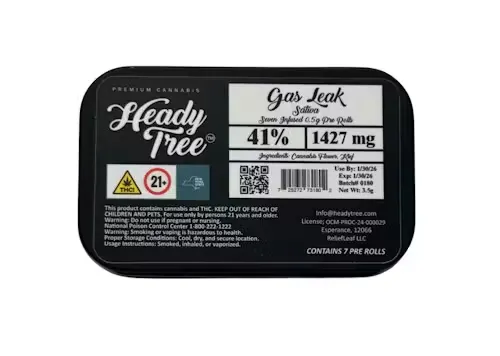
Scan the QR to gain access. The COA confirms potency levels, terpene data, and safety screens run by a permitted lab. It’s all tied to the product’s batch number. If the label and COA don’t match, choose an alternative.
Reading Labels by Product Type
What matters most on the label will depend on the format you are buying. Here’s where to focus when shopping in each category:
Flower
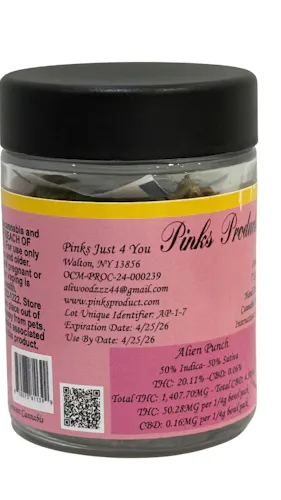
Prioritize product name, weight, THC, TAC, and terpenes. Two eighths with similar THC can feel different if one has richer terp totals. Use TAC and terpenes to compare character, not just strength.
Pre-Rolls
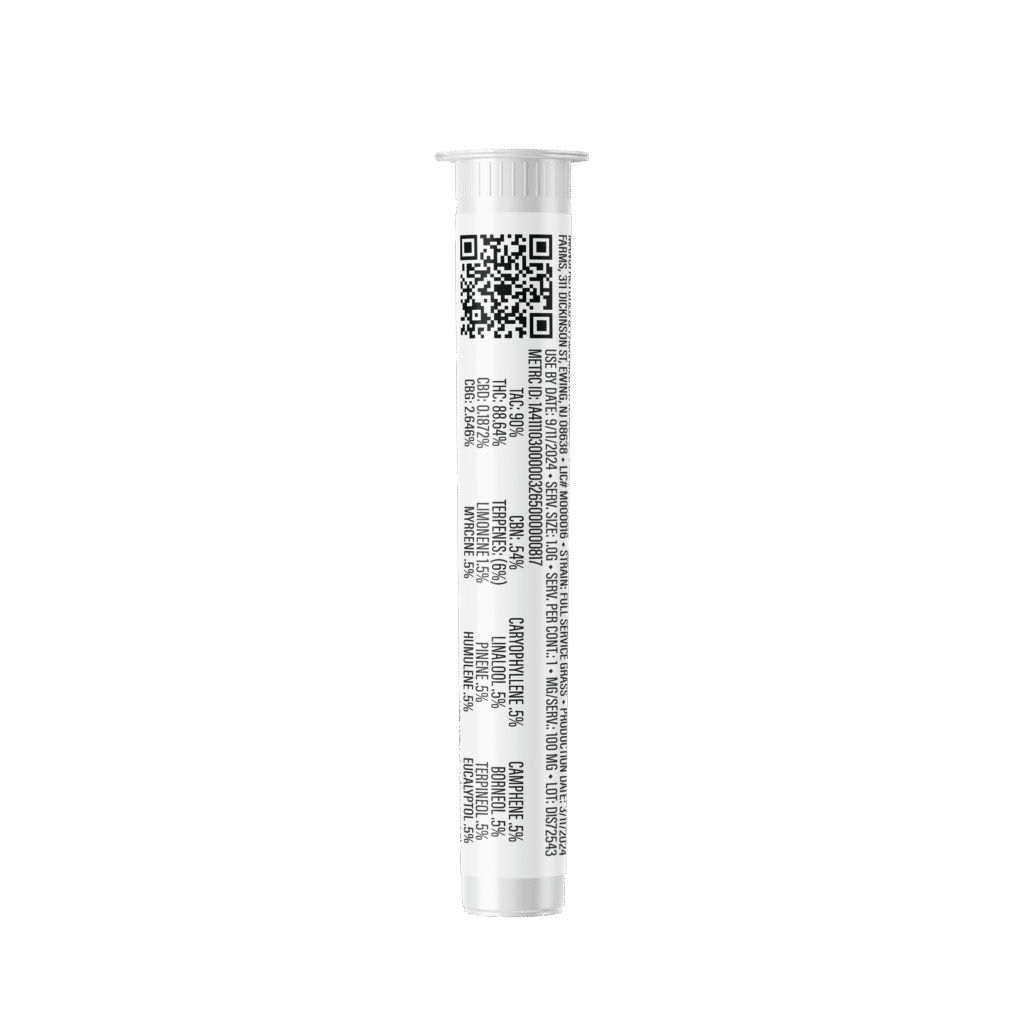
Check weight per unit and THC%. You’ll also want to see if concentrates were added (labels as infused), as this will change the potency. Multi-packs should list milligrams per joint and per package.
Vapes & Concentrates
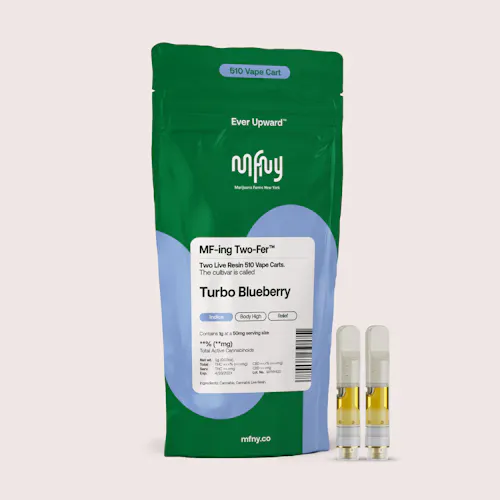
Expect higher THC% and detailed other cannabinoids. Look for how the oil was made (live resin vs. distillate) and whether terpenes are native or botanical. Use the COA to confirm the formula and safety screens.
Edibles
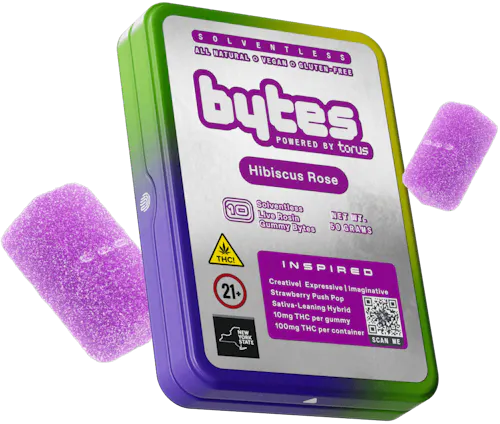
Ignore percent. Dose is in mg (milligram) per serving and mg per package. Confirm the serving size, number of servings, ingredients, allergens, and storage directions. Stick to your plan and give edibles time to work.
Tinctures & Topicals
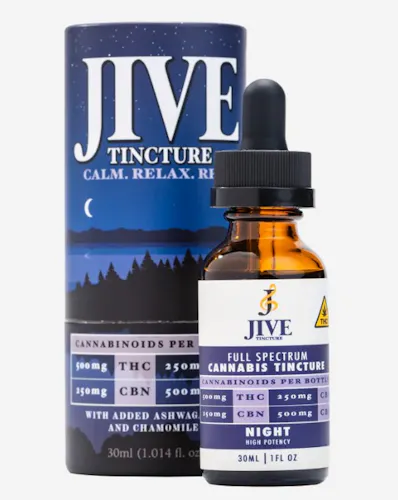
Labels will show mg per mL (milliliter) and total mg per bottle. The droppers will often have measurement marks to help you dose precisely. Topicals list total cannabinoids and typical mg per application, plus usage/storage guidance.
Tips for New York Cannabis Consumers
- Compare beyond THC. Get a complete picture by looking at TAC, other cannabinoids, and terpenes as well. A slightly lower THC item with robust terps might give you the experience you are looking to have.
- Double-check dosage. For ingestibles, confirm mg per serving and per package every time. Brands often portion ingestibles differently, so don’t assume before you consume.
- Use the COA. Scan the code and verify the batch/lot number matches your box. Make sure the totals align with the label, too.
Where to Shop With Confidence in NYC
At Qube, we believe label reading should be simple and pressure-free. Our knowledgeable team is trained to walk you through every detail, so you leave with a product that matches your goals—not just the one with the highest numbers on the package.
Visit us at 1412 Broadway, just steps from Times Square. We’re open seven days a week with a carefully curated menu focused on clarity and quality. Stop by Qube and let our team guide you through labels before you purchase. Because the right product isn’t just about what’s in it—it’s about finding what works for you.
